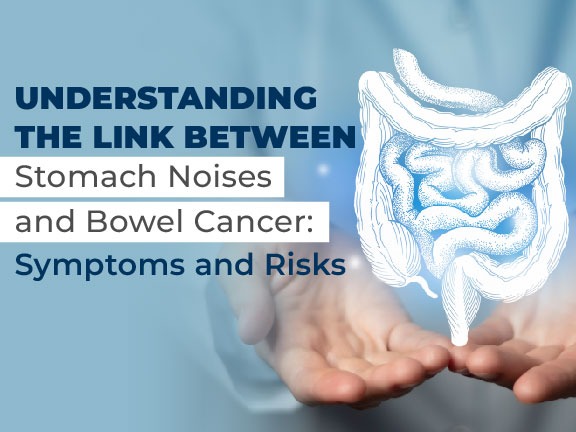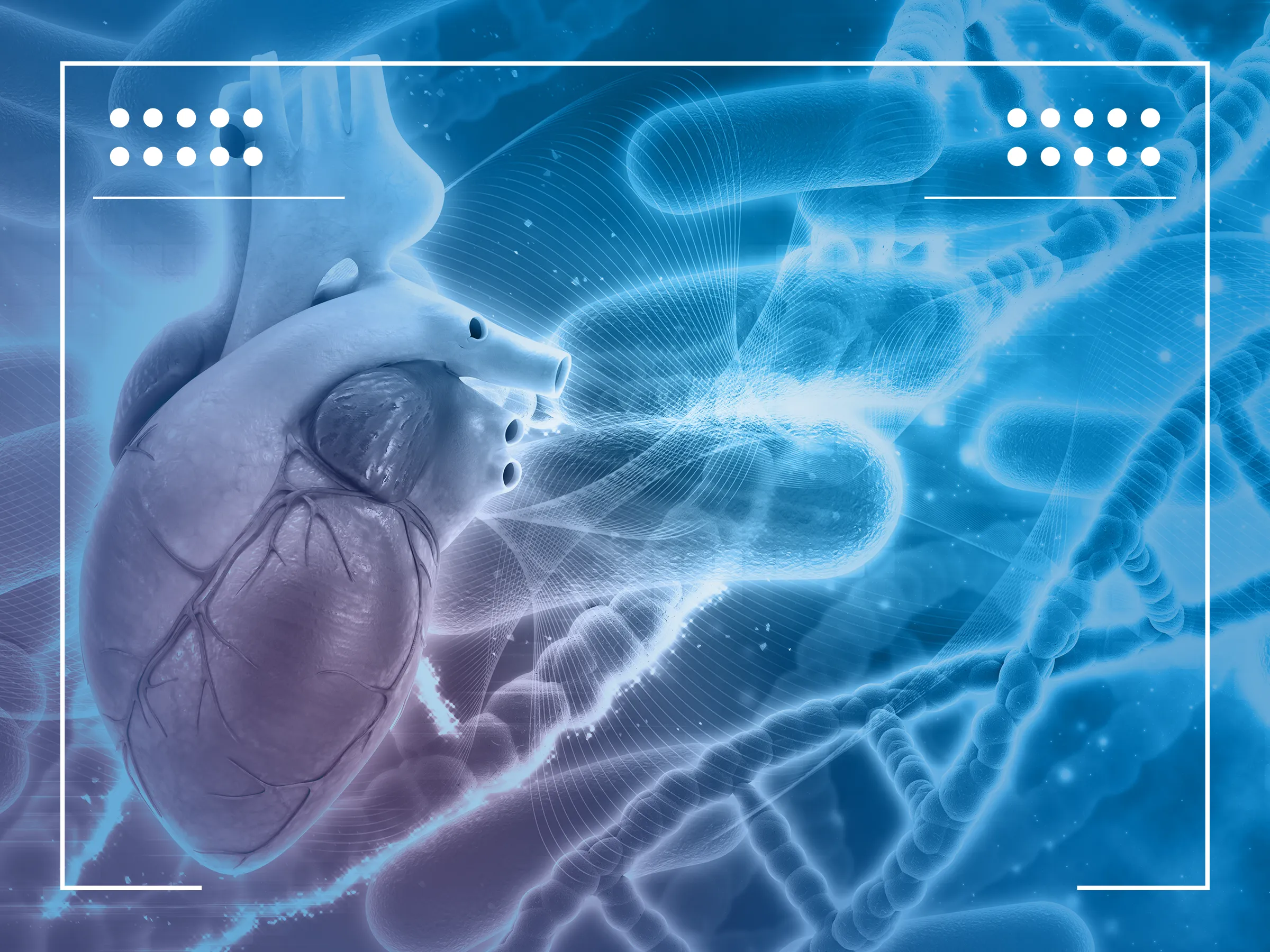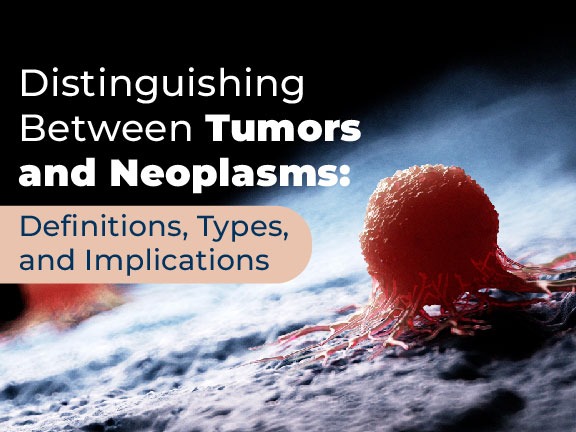Acute leukemia is a rapid and aggressive form of blood cancer that requires immediate medical attention. It is characterized by excessive production of immature leukocytes in the bone marrow, which interferes with the body’s ability to produce healthy blood. Symptoms may include fatigue, fever, bone pain, bruising and abnormal bleeding, requiring early diagnosis and specific treatment.
Acute leukemia is classified into two main types: acute lymphoblastic leukemia (ALL) and acute myeloid leukemia (AML), each affecting a different type of cell in the blood. The choice of treatment depends largely on the specific type of leukemia, and advances in medicine have significantly improved survival rates in recent years. Research continues to develop more effective therapies with fewer side effects, with an increasing focus on gene and cell therapy, such as CAR-T therapy, which shows promising results in the treatment of certain types of acute leukemia.
Acute Lymphoblastic Leukemia
Acute lymphoblastic leukemia (ALL) is a disease of the blood system characterized by accelerated production of immature blood cells in the bone marrow, known as blasts. Unlike acute myeloid leukemia (AML), which affects myeloid cells, ALL affects lymphoid cells, playing a crucial role in the immune system.
One of the most significant advances in the treatment of ALL has been the use of stem cells for bone marrow transplantation, offering hope of curing leukemia in many patients. Although the recovery process can be long and with associated risks, the possibility of a complete cure has changed the outlook for many affected by this disease.
Leukemia, in its various forms, including acute promyelocytic leukemia and myeloid leukemias, presents significant challenges in its treatment. However, differential diagnosis is crucial, as treatment varies considerably between lymphoblastic and myeloid leukemia. The presence of abnormal white blood cells in the blood is often one of the first indicators of the disease, guiding physicians to the correct diagnosis.
Among the types of leukemia, ALL is more common in children, while AML usually affects adults. This underscores the importance of an approach tailored to the patient’s age and specific condition. The question “Is there a cure for leukemia?” is a complex one, and while for some people the answer is yes, for others, the focus is on treating symptoms and improving quality of life.
With advances in medicine, treatments such as acute lymphocytic and acute lymphoblastic leukemia have seen significant improvements in survival rates. Research continues to develop, searching for answers to questions such as “Is leukemia cured?”. The hope is that, in time, all forms of leukemia can be successfully treated, leading many to wonder less about whether myeloid leukemia or any other type has a cure, and more about when they will begin their treatment.












